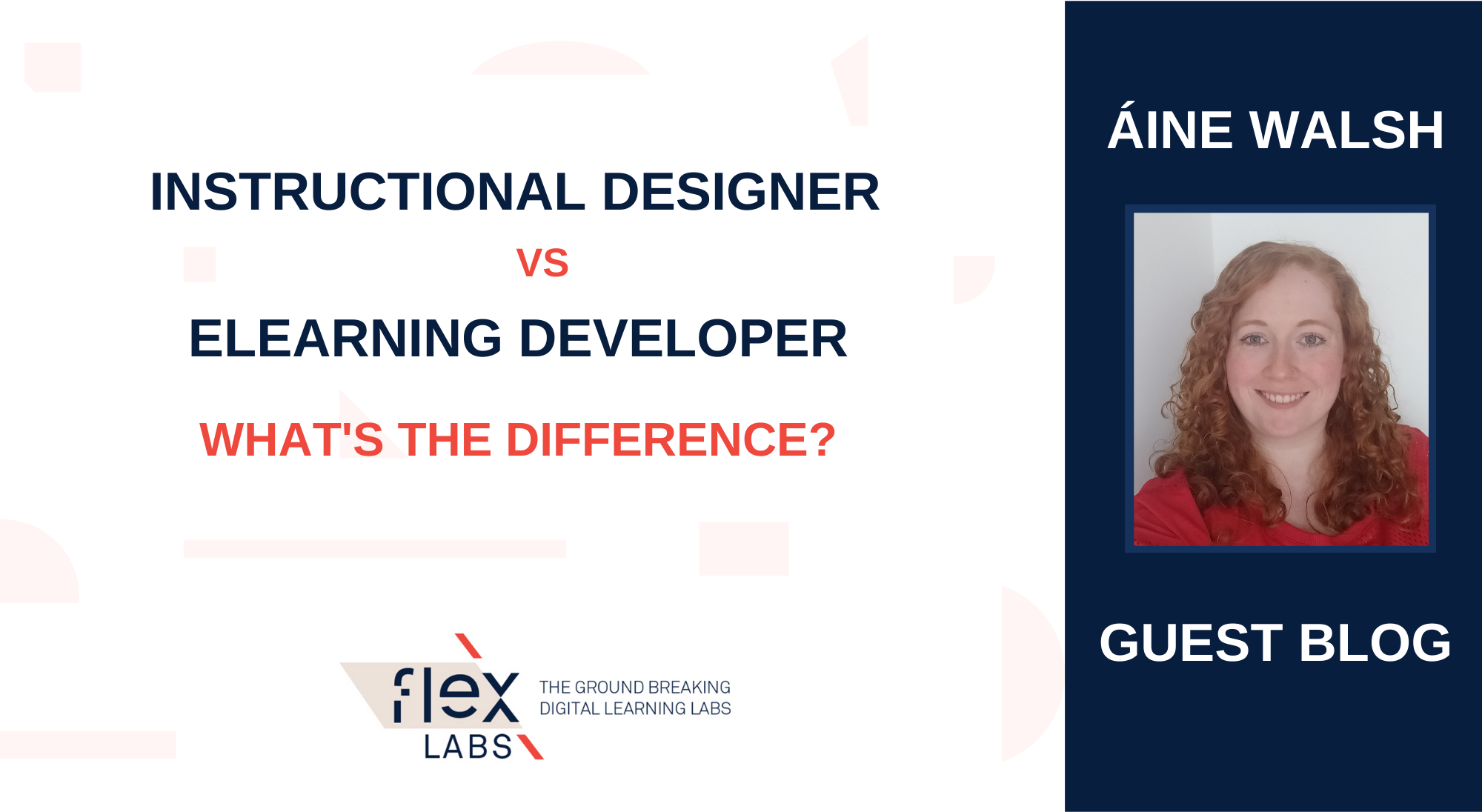Two of the most commonly confused positions in the L&D sphere are “Instructional Designer” and “eLearning Developer”. These titles are often used interchangeably but each has their own distinct area of expertise. Breaking down these titles into what they actually mean along with their unique applications and areas of expertise should help to dispel some of the confusion surrounding these roles.
Instructional Designer vs eLearning Developer: What's the Difference?
Two of the most commonly confused positions in the L&D sphere are “Instructional Designer” and “eLearning Developer”. These titles are often used interchangeably but each has their own distinct area of expertise. Breaking down these titles into what they actually mean along with their unique applications and areas of expertise should help to dispel some of the confusion surrounding these roles.
INSTRUCTIONAL DESIGNER
Instructional Designers focus on designing the instructional experience of a learning object. They are usually found:
- scoping projects
- working with subject matter experts
- analysing learner needs and creating associated learning objectives
- identifying knowledge check activities
- creating voice over scripts
- drawing up screen plans
- placing the content into storyboards
The most common tools in the arsenal of an Instructional Designer are scoping documents, screen plans, and storyboards (can also be known as wire frames).
It is a frequent misconception that the Instructional Designer is directly involved throughout the development phase of the process. An Instructional Designer does not typically develop the end product themselves - they will carry out the initial phases of exploration and content structuring before handing over to an eLearning Developer to bring the idea to life.
Flex Labs instructional designer Stefan Pereira: “Instructional design is so often overlooked in the process of creating eLearning experiences. People often go straight from having the content directly to developing the eLearning resource. If you don’t streamline the content and map it out into a well-structured journey for the learner, you’ll end up with an eLearning experience that just isn’t very interesting or fun to explore!”
ELEARNING DEVELOPER
eLearning Developers, as the name suggests focus on the area of, well, development. Once the Instructional Designer hands over the storyboards, it is the eLearning Developers job to actually build the eLearning experience.
As a first step, the eLearning Developer will initially review the content to identify any design requests that may cause problems in the development phase. If there are any potential flags, they will collaborate with the Instructional Designer on finding a solution that is both developmentally possible and also meets the original learning need.
Then the eLearning Developer sets to work creating the learning resource, using an eLearning authoring tool. This involves:
- developing all the interactions
- developing the activities, branching scenarios and quizzes
- developing and integrating animations and video
- integrating audio
The most common tools in an eLearning Developers arsenal include Articulate 360 and Articulate Rise, Camtasia and Adobe Captivate.
Flex Labs lead developer Luana Raggi: “One of the most common mistakes people make when developing is putting too much text onscreen at once. It’s so discouraging to click into a pop-up and see a wall of text! The excess of text onscreen overloads learners and their engagement quickly evaporates.”
KEY TAKEAWAYS
The lines between these two roles are frequently blurred - particularly within corporate environments or smaller organisations and teams, where the Instructional Designer is often expected to wear multiple hats. After all, it’s easier and cheaper to hire one person instead of two right? But it’s important to note that instructional design and eLearning development are two vastly different skill sets.
When one person is required to take ownership of both roles, the end product may suffer if the two roles aren’t distinctly separated (or instructional design is skipped) - especially as not many of us are skilled in both roles!
When organisations take the initial investment to set up an expert in each of these areas, projects generally run smoother, have faster turnaround times and the end result is a higher quality learning experience for the learner which, in the long run, is what the whole process should be about.
ELEARNING ESSENTIALS INSTRUCTIONAL DESIGN PROGRAMME
Thank you to our brilliant guest contributor Áine Walsh for this blog!
Aine is a recent graduate of our eLearning Essentials Instructional Design programme - a fully-accredited online course that gives you a Professional Practice Certificate in eLearning Design when you complete it.
If you'd like to learn more about this course, which is running again in September 2020, please visit our course page here.


